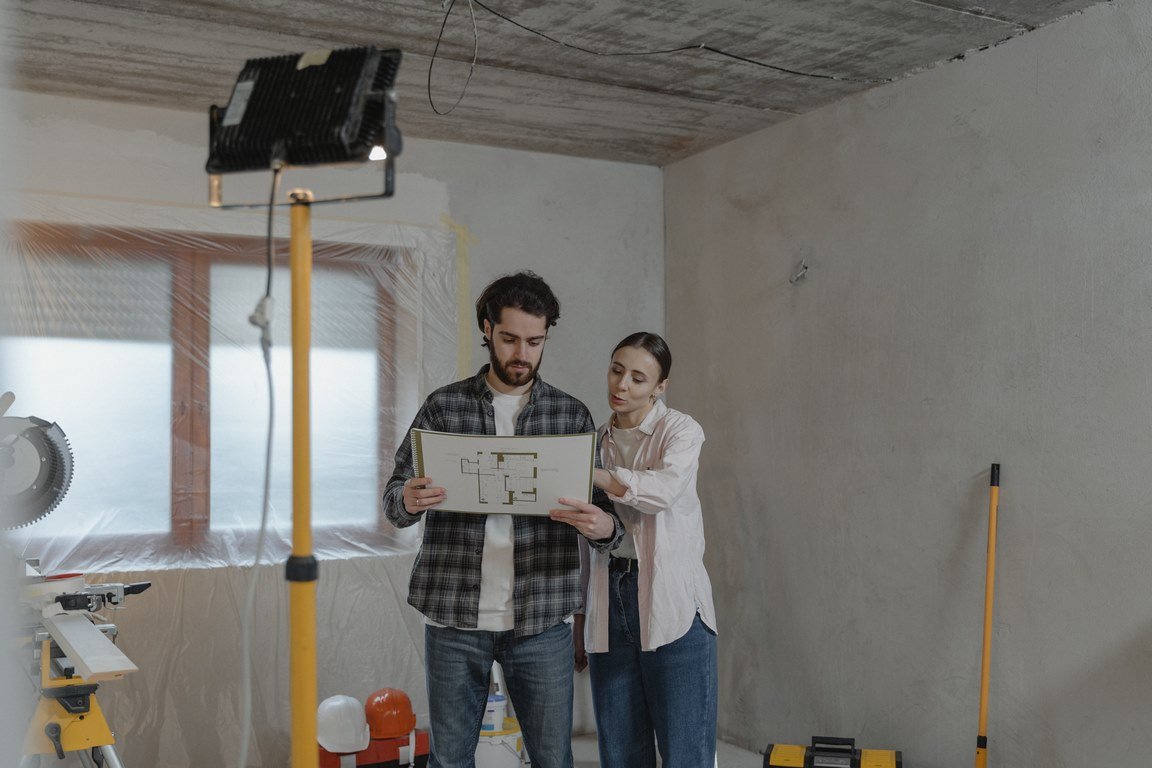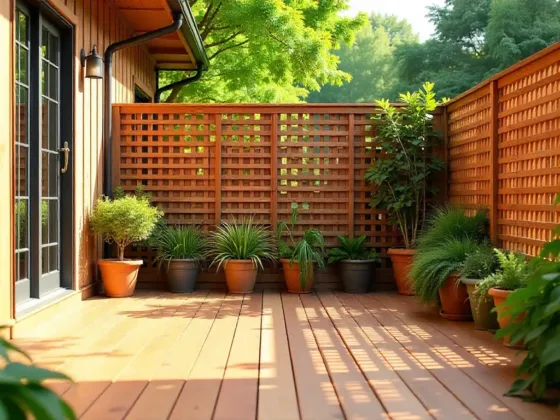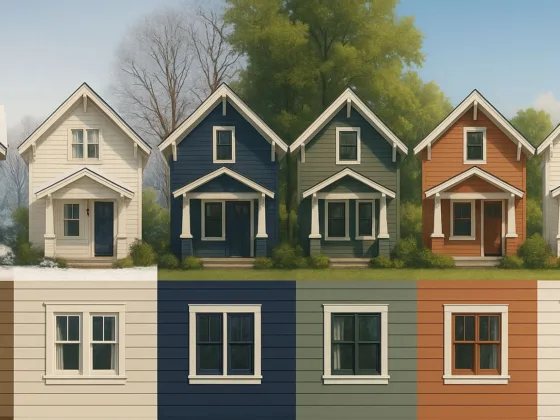Table of Contents Show
Energy-efficient finance can help you whether you are buying, selling, refinancing, or modifying a property.
An energy-efficient mortgage (EEM) might help you qualify for a more costly house if you are looking for an energy-efficient property.
Take a look at this UK mortgage calculator to get an accurate estimation of financing.

Because the EEM considers reduced utility expenses, you can afford a somewhat higher mortgage payment.
Programs for Energy-Efficient Financing
You may get energy-efficient financing via a government-insured or conventional lending program.
Some states offer programs designed exclusively for their inhabitants; for further information, contact your state energy office.
EEMs are available for both new and existing residences. With an EEM, you may buy or refinance an energy-efficient house, or you can buy or refinance a house that will become energy-efficient following energy-saving renovations.
Most energy-efficient financing programs include both forms of EEMs, as well as home-improvement loans for making energy-efficient improvements to your existing house.
Read Also:
Rating of Home Energy Efficiency
A home energy rating can help you qualify for an EEM by informing you and the lender about the house’s energy efficiency.
A rating often entails an energy audit performed by a professional energy rater who is qualified by an established home energy rating system (HERS).
The Residential Energy Services Network (RESNET®) has integrated the majority of HERS raters.
Your house will be assessed from 0 to 150, with a lower number indicating a more energy-efficient house.
An energy rater will examine your home’s energy-related elements, such as insulation levels, window efficiency, heating and cooling systems, and air leakage.
Following the inspection, the energy rater will offer a report with the home’s energy rating as well as an estimate of yearly energy usage and expenses.
The study may include proposed energy upgrades, estimate their costs, and calculate the potential yearly savings and payback (the time it takes for the savings to equal the cost of the improvements).
The report must demonstrate that the house is energy-efficient—or will be after the proposed upgrades—and that the modifications are cost-effective in order to qualify for most energy-efficient financing.
The renovations will save you more money than you borrow to execute them, and a lender may recognize these savings and include the cost of the renovations into your mortgage.
Alternatively, if the property is already energy-efficient, the lender may be able to increase the debt-to-income qualifying ratio.
The Expensive Sustainable Home Myth
Many banks and large mortgage lenders continue to make lending decisions based on the mistaken belief that better-built houses are a costly luxury.
FSC-certified tropical timber may be an expensive addition to a new hardwood floor. Other sustainable construction features, on the other hand, make excellent economic sense.
Choosing ENERGY STAR certified triple-pane windows or even Passive House grade windows, for example, would add a few thousand pounds to the cost of your house.
Fortunately, these kinds of windows would also assist in reducing the home’s heating needs. It may also enable you to choose a smaller furnace and maybe less ducting when building a new house.
These savings would assist to cover a large percentage of the additional cost of the windows.
Unfortunately, many mortgage lenders are not equipped or qualified to take these immediate savings into account.
Banks often concentrate only on the upfront, initial expenses connected with house construction or retrofits, rather than considering the full picture of life-cycle expenditures.
Sustainable houses are also often constructed to last, which means that homeowners will likely pay less on replacements and repairs during the life of the mortgage.
Savings From Energy Efficiency Will Be Used to Offset Higher Mortgage Payments.
Perhaps most frustrating is that banks and mortgage lenders do not factor in the cost savings associated with energy-efficient houses.
Costs that might significantly offset the greater monthly mortgage payment associated with a more costly property.
- A domestic photovoltaic system
- Collectors of solar hot water
- A home envelope that is very tight
- Improvements to insulation
- Passive home building
The household renewable energy tax credit, which is valid until the end of 2021, may help you save even more money.
Other options, such as installing low-flow water faucets around the house, would also help to minimize your monthly water expenditure.
How to Present Long-Term Upgrades to Banks
Mortgage lenders are not always the most adaptable financial entities. Homeowners, on the other hand, may employ tactics to show to the bank the financial viability of their plans to construct or modify a sustainable house.
To begin, make an attempt to demonstrate to the bank the possible savings related to your construction proposal.
Consider employing a qualified energy auditor or adviser to record the estimated energy savings connected with your new home building or sustainable retrofit project.
Your energy expert will also be able to locate any potential rebates and incentives. These rebates and incentives will enhance your estimated monthly savings even further.
Second, experiment with higher mortgage expenses using a basic mortgage calculator. You may then evaluate how these prices match the predicted savings from energy-efficient building changes.
You may also be able to persuade your bank to give a lower interest rate if you can show that the savings outweigh the increased monthly payments.









